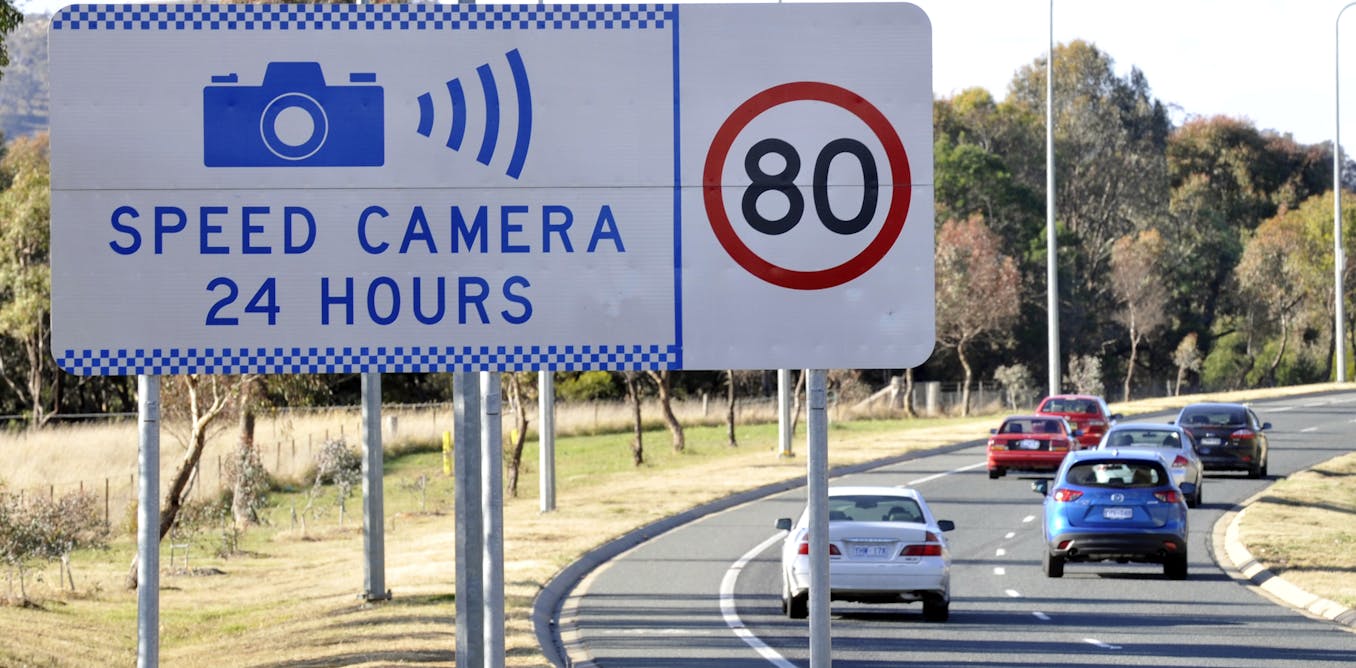I didn’t really get into gardening until we bought our house that had a back and front-yard that were pretty much empty slates. So I started digging around, both literally in the garden and metaphorically on-line. After a few hits and misses, I came across something that was right up my alley. It was a group of academic horticulturalists and botanists, all with PhD’s, who called themselves “The Garden Professors”. They have a blog, a Facebook group, and multiple book publications between them. But probably their most helpful resource so far has been this collection of Horticultural Myths and factsheets. The reason I enjoyed their material so much was because their main focus was to apply scientific principles and peer reviewed research to the world of home gardening, so as an anaesthetist with an honours degree in biochemistry and a new found love of gardening, I could really sink my teeth into it. I like to think of it as “Evidence-Based Gardening” (EBG)! The internet is full of gardening woo, as are many books by so-called experts, so it was quite refreshing to have some more objective input, and I quickly identified numerous mistakes I’d made by following advice from some “Garden Guru”.
However, as much as I’ve learnt from The Garden Professors, and enjoyed reading their publications, Evidence-Based Gardening (EBG) faces many of the same challenges as Evidence-Based Medicine. There are many gaps in the evidence, and often what evidence is available, isn’t directly applicable to my specific situation, whether that be rainfall, available light, temperature extremes and so on. I think gardening faces an additional challenge in that it is much harder to procure funding for horticultural research as opposed to medical research, so they are often left to extrapolate data from agriculture where much more funding is available.
At the end of the day though, gardening for me is about more than just have perfect plants and following strict rules about what I can and can’t do. So while I am keen to continue my EBG practices where possible, I will also, like medicine, remember that it is an art as well, and maybe even a little bit of woo from time to time!









